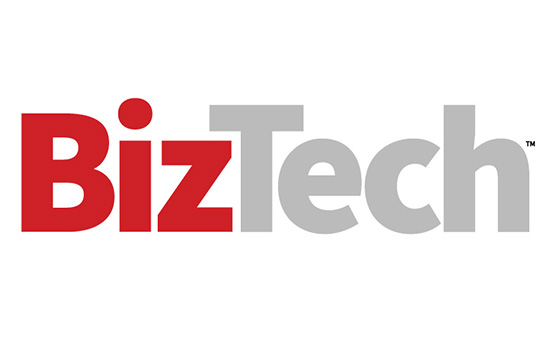Natural Language Processing and Consumer Sentiment
NLP is a subfield of computer science and AI that uses machine learning to enable computers to understand, interpret and generate human language, including capturing and interpreting human sentiments from unstructured data sources.
NLP provides insight into what consumers think and feel about a particular product or service. ML techniques and sentiment classification algorithms, such as neural networks and deep learning, are able to discern tone and emotions of online consumers from text alone. This capability is crucial in recognizing and separating tones such as sarcasm and humor from notable emotions like joy, sadness, anger, fear or disgust.
Here are three ways retail banks can use NLP to analyze consumer sentiment:
1. Hyper-Personalized Product and Marketing Strategies
NLP-based CSA enables banks to develop products and services specific to customers’ needs. For example, if customers at a particular branch are dissatisfied with the current products or services offered by the branch, the manager can use that feedback to design products that better address their expectations.
Additionally, consumers’ emotions shape the types of stimuli they respond to and what product or service they are willing to try. By capturing these emotions through NLP-based CSA, banks can design marketing campaigns that address customers’ financial and emotional needs both while also achieving the bank’s marketing goals.
2. Real-Time Social Media and News Monitoring
In a survey of banking consumers, 78% said they use online reviews (mostly from Google) when deciding on a new bank. This underscores the importance of solving a customer’s problem as fast as possible. With NLP’s ability to monitor and detect negative consumer sentiment in real time, even if it’s masked in sarcasm or coded language, branch managers can recognize and resolve negative trends early, before they significantly impact the bank’s brand, revenue and customer retention.
3. Sentiment-Driven Economic Forecasting
Banks use economic forecasting to drive business decisions and adapt to changing economic environments. And because the future state of the economy is largely influenced by current consumers’ purchasing behaviors, knowing when to shift product and service offerings, customer marketing strategies and business strategies is crucial to stay competitive.
Traditional forecasting models lack the ability to accurately analyze human factors that contribute to consumer behavioral trends, such as anchoring bias and herd behavior — much of which is captured in consumer interviews and surveys (for example, the University of Michigan’s popular Surveys of Consumers) and various forms of online banter such as online reviews and social media posts. NLP CSA models, on the other hand, can pick up on shifting consumer behaviors in real time, capturing precise sentiments and providing accurate feedback to give managers the information they need to make informed decisions and earn a higher return on assets.
READ MORE: What should your bank know about deploying AI agents?
NLP Offers Other Benefits Beyond an Improved Customer Experience
In addition to elevating the online experience for their customers, banks and their IT teams can benefit further from NLP through:
- Fast and cost-effective data analysis. Traditionally, when analyzing customer reviews on a service or product, one would package all the reviews, provide them to a consultant to analyze, review the report from the consultant, make changes to their product, and repeat. This process could take weeks to complete and cost hundreds of thousands of dollars, whereas a machine learning algorithm can perform the same task in a fraction of the time with no additional cost other than the program itself.
- Pattern recognition at scale. Because ML algorithms can analyze vast amounts of unstructured data at once, NLP is able to identify recurring patterns and developing trends among customers, from hindrances to online banking to the rising popularity of one product or service over another.
- Risk mitigation. Because NLP models can identify recurring patterns and trends, bank managers can quickly mitigate small problems before they become big problems. Relationships with banks are built on trust. If a bank’s reputation is compromised, it not only risks losing current customers but also may not gain the new customers it needs to grow. Negative trends can also affect a bank’s revenue, which will not sit well with investors.
NLP is an asset to retail banks, positioning them to be more accommodating, competitive and profitable. However, NLP models come with limitations. It’s important for banks to fine-tune or train their ML algorithms to analyze the types of data sources their customers use to provide feedback — whether that’s surveys, social media posts, online reviews or a combination of sources — to avoid inaccurate results.











